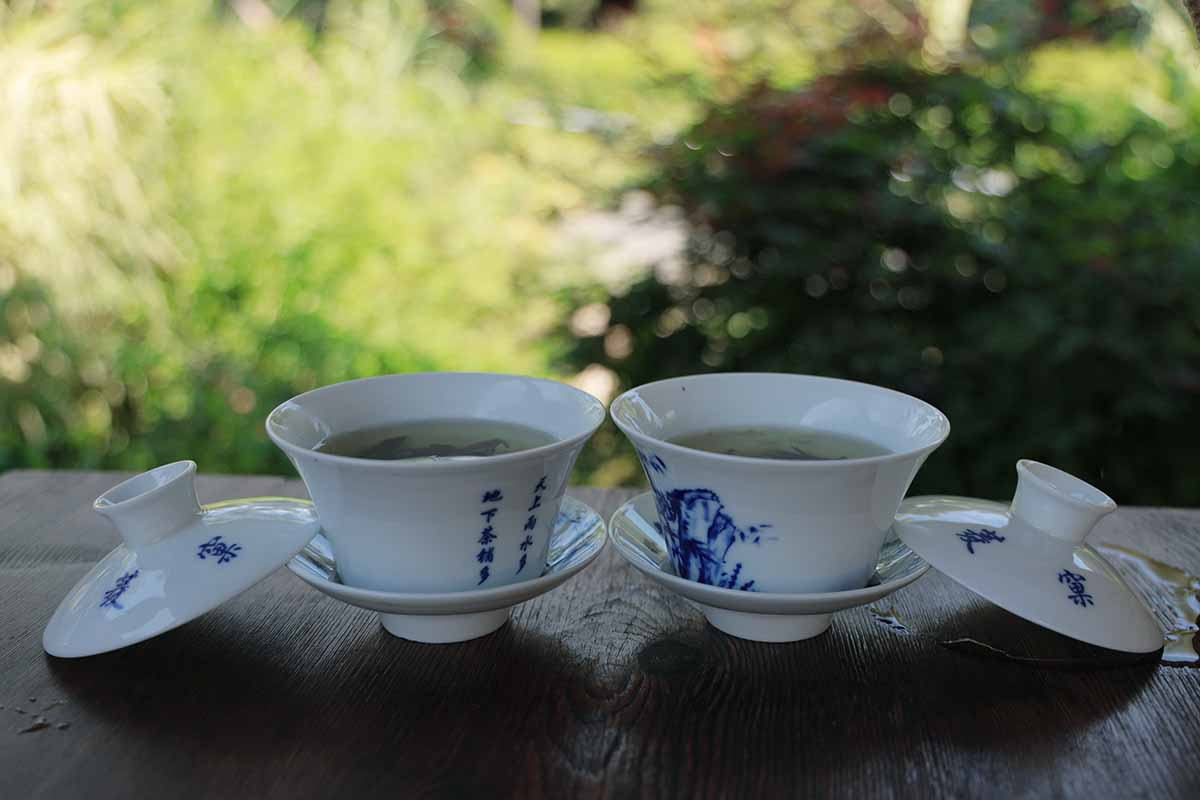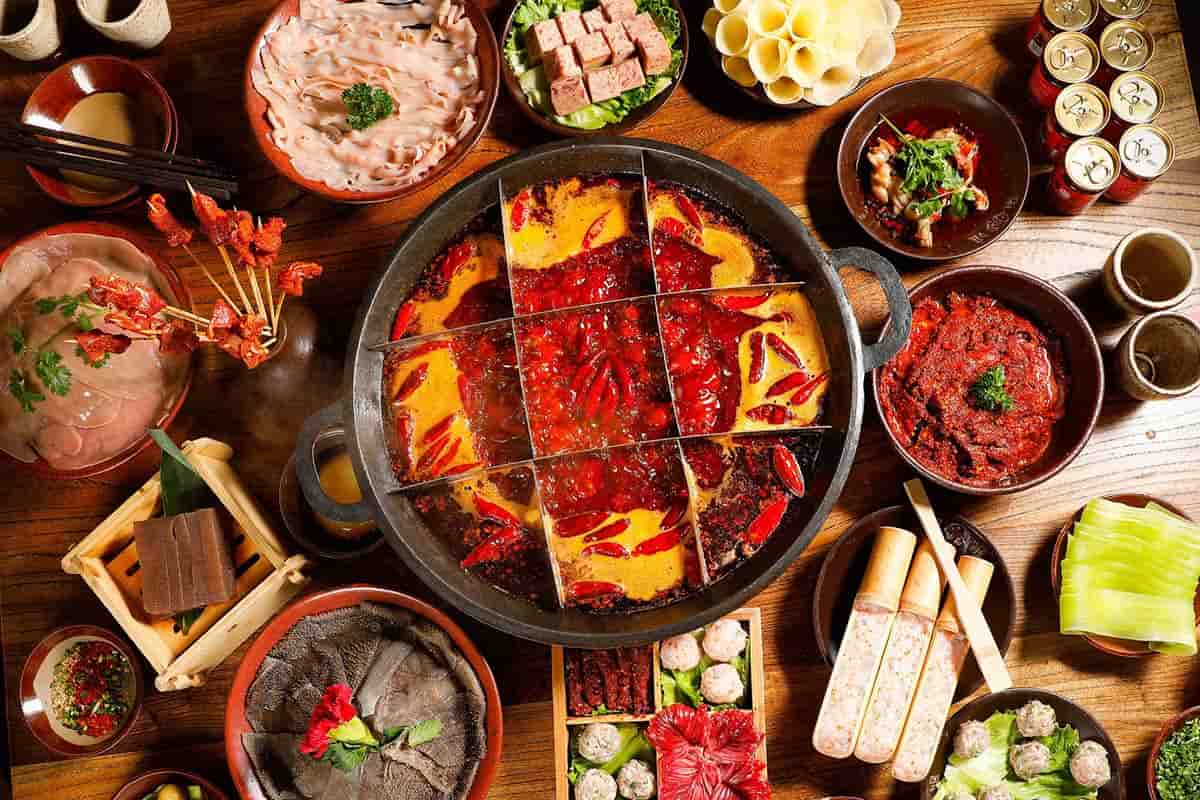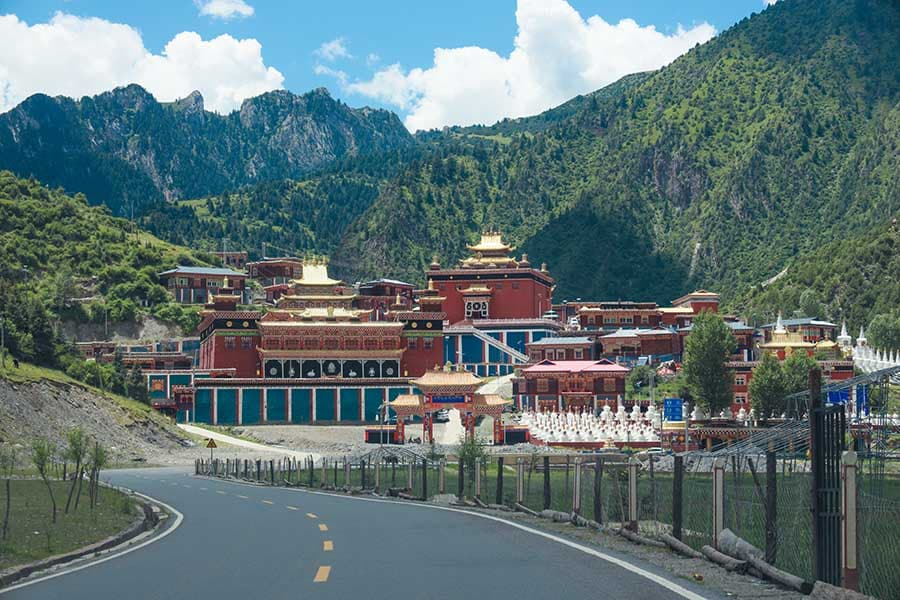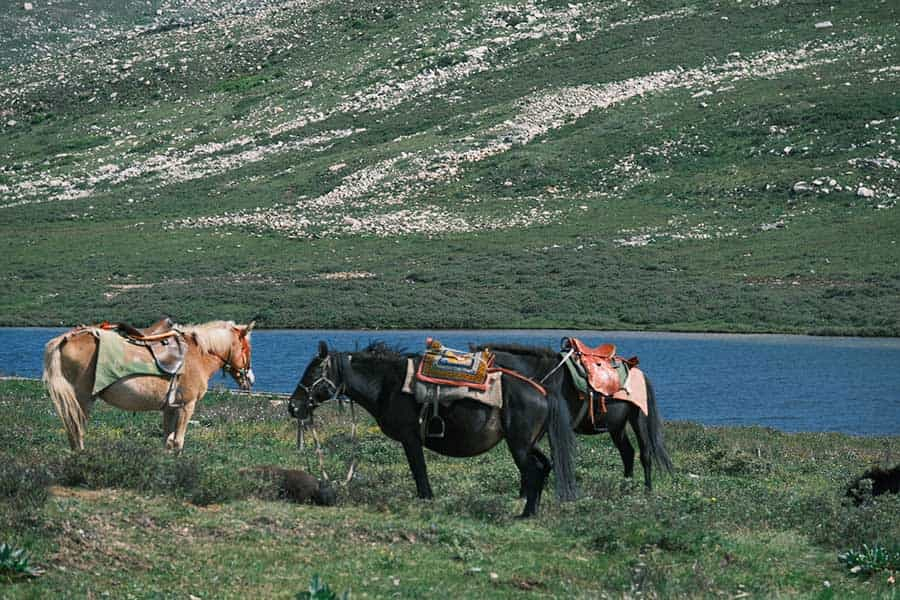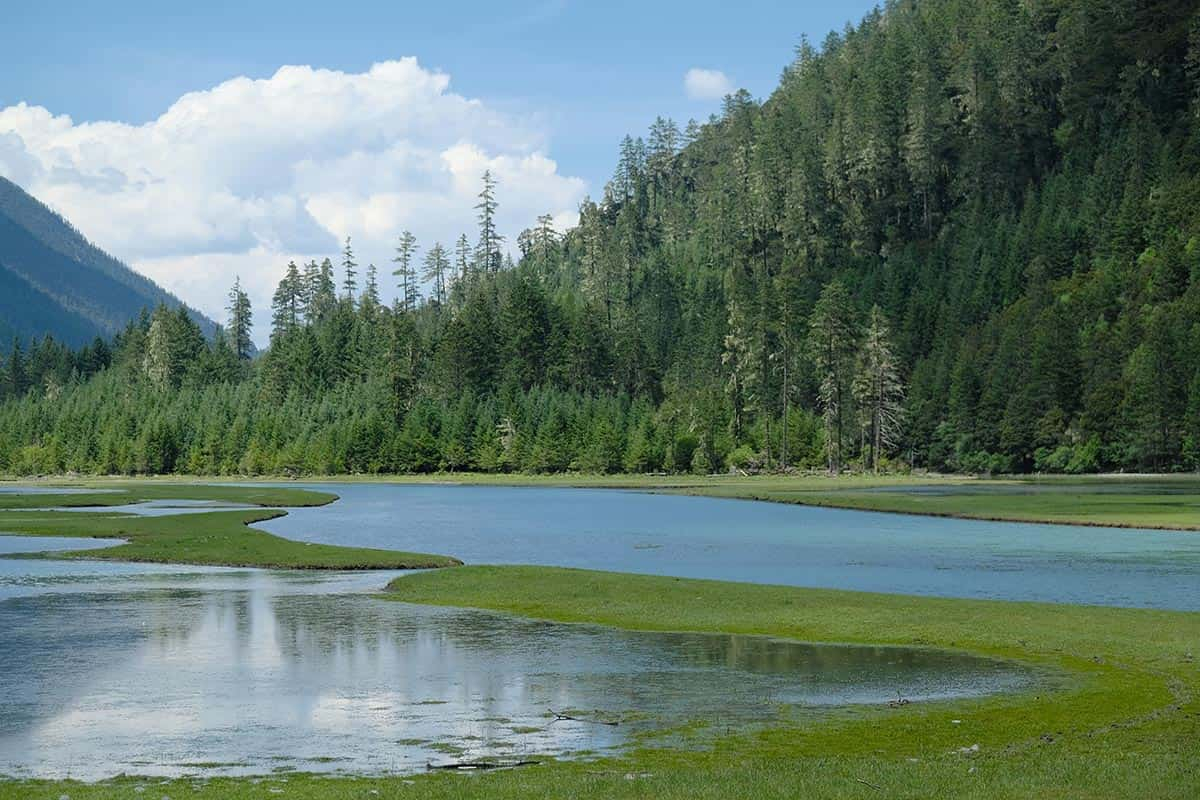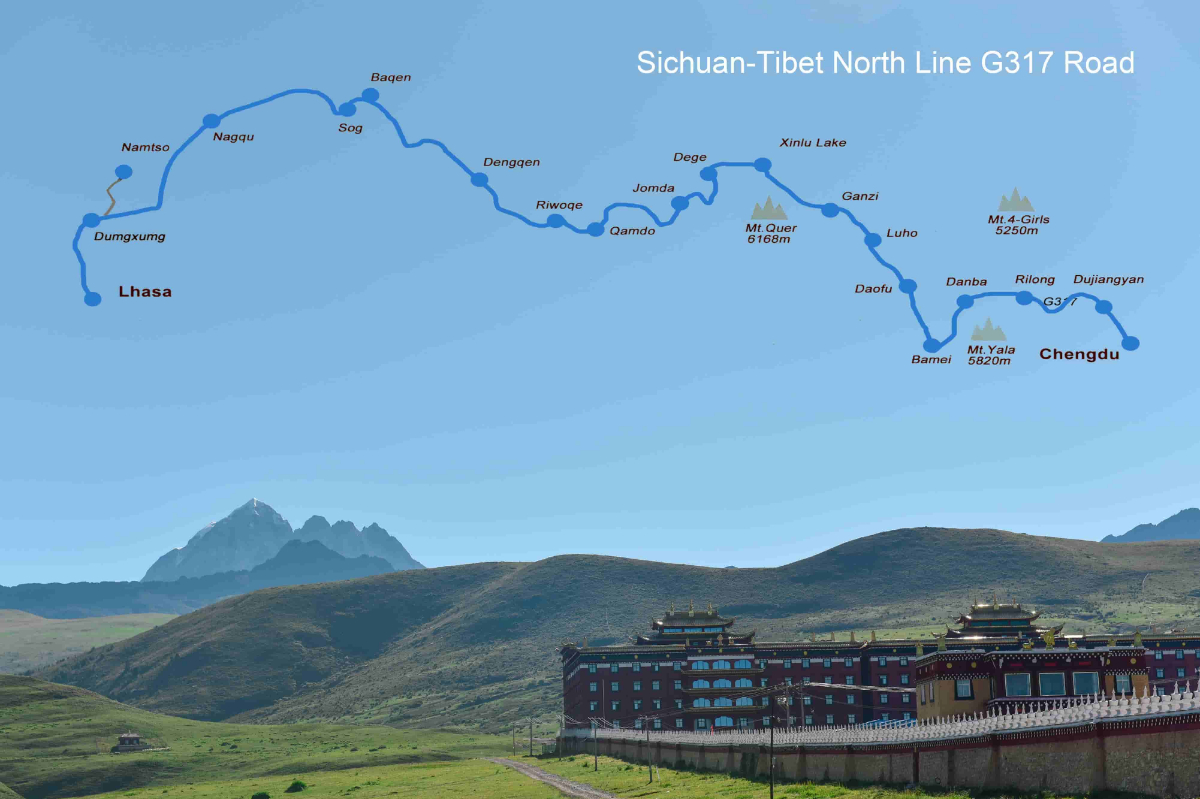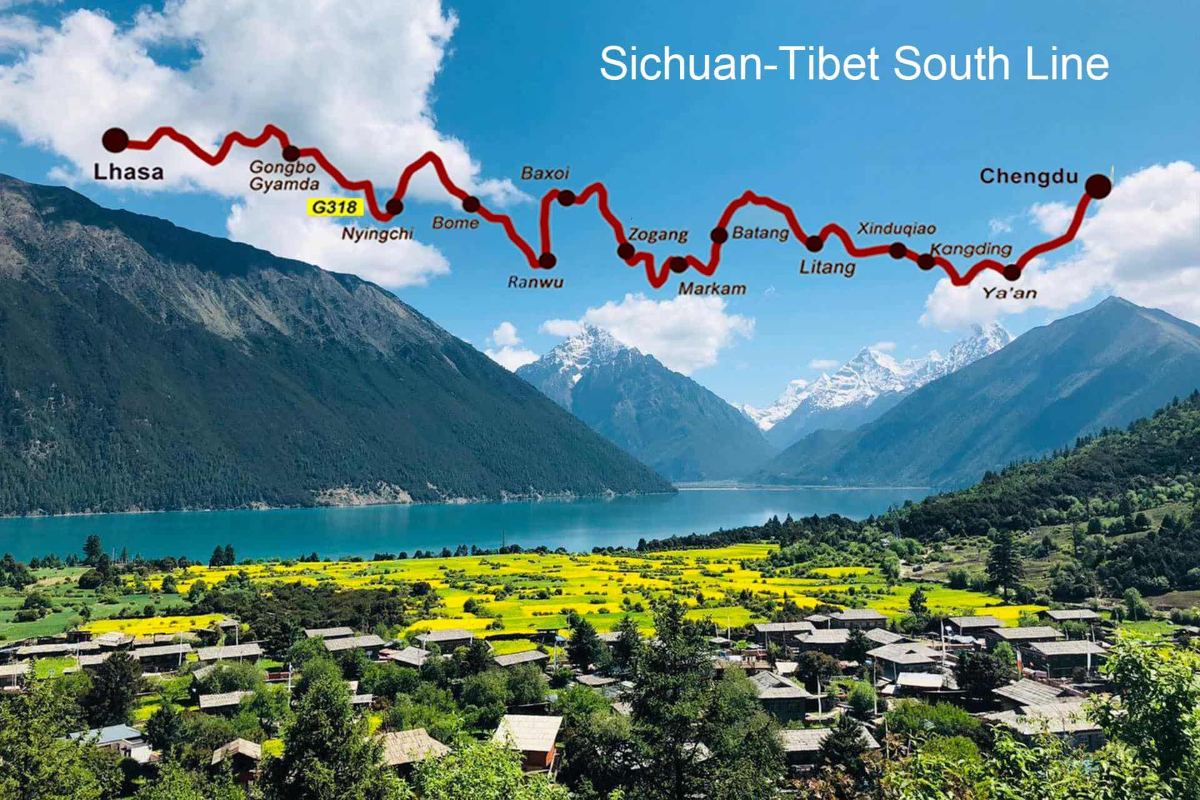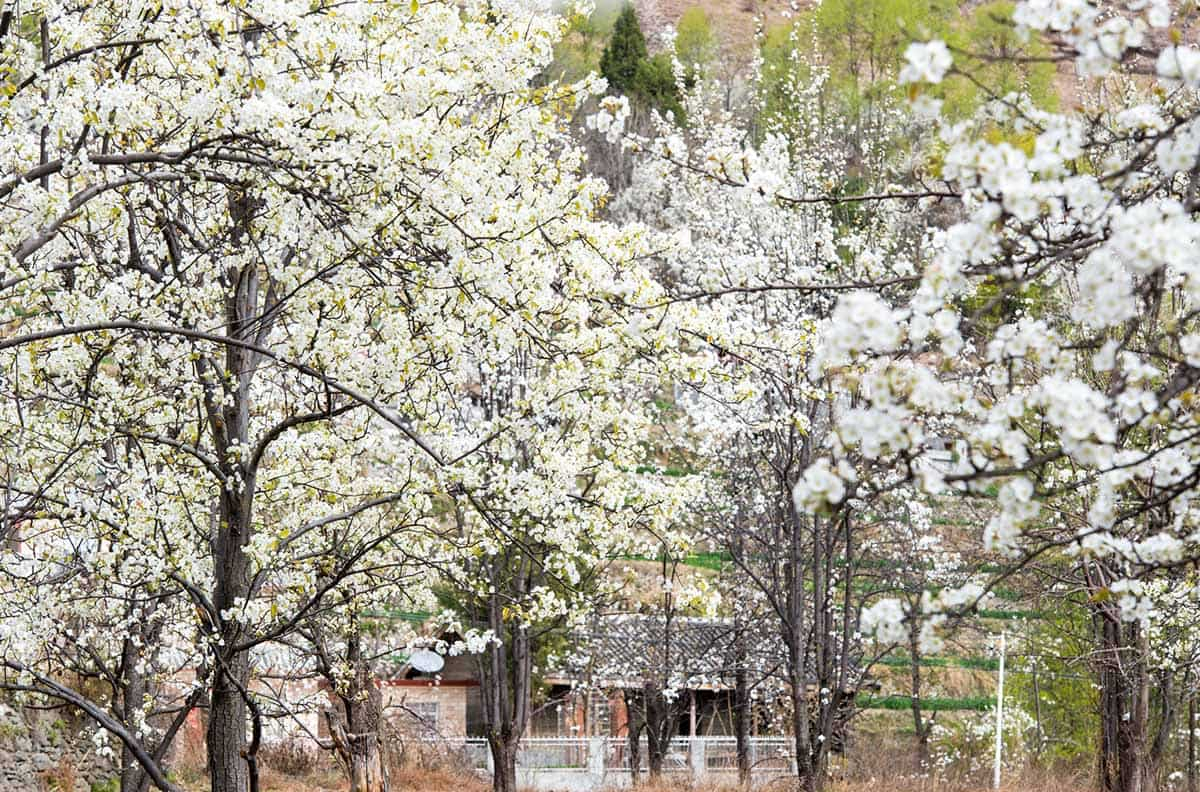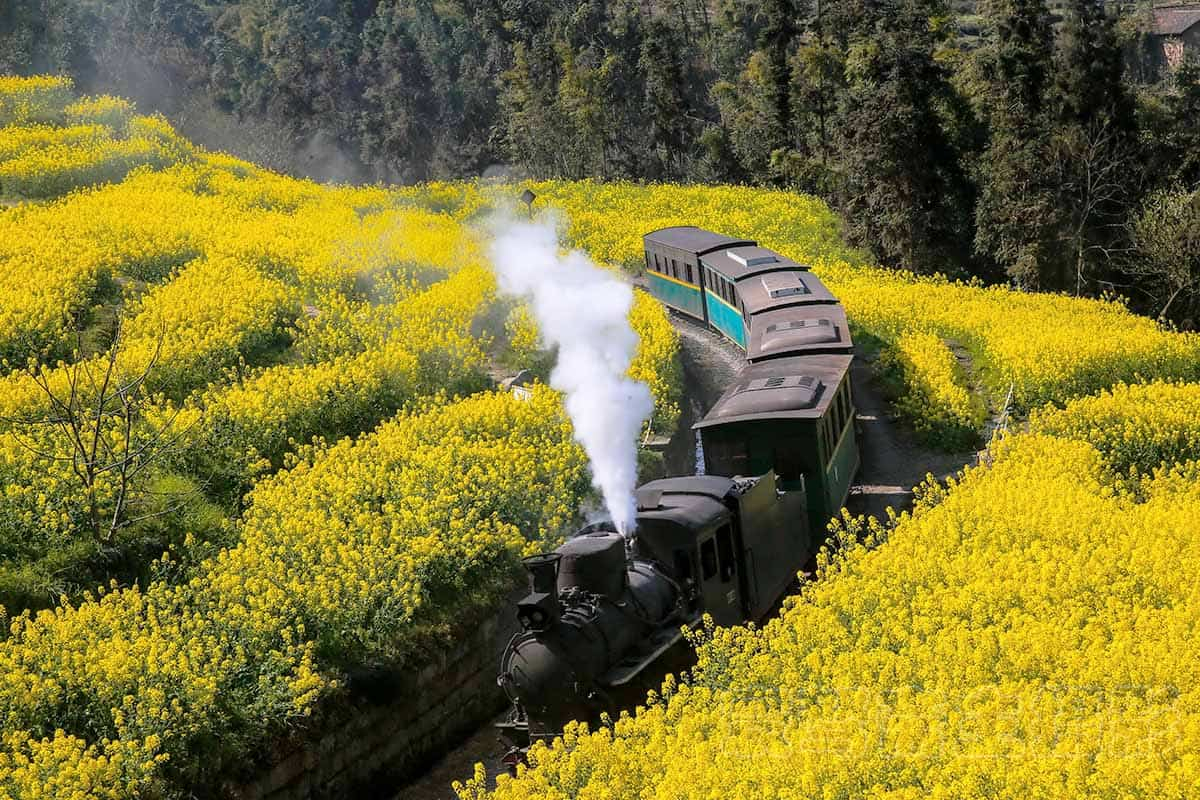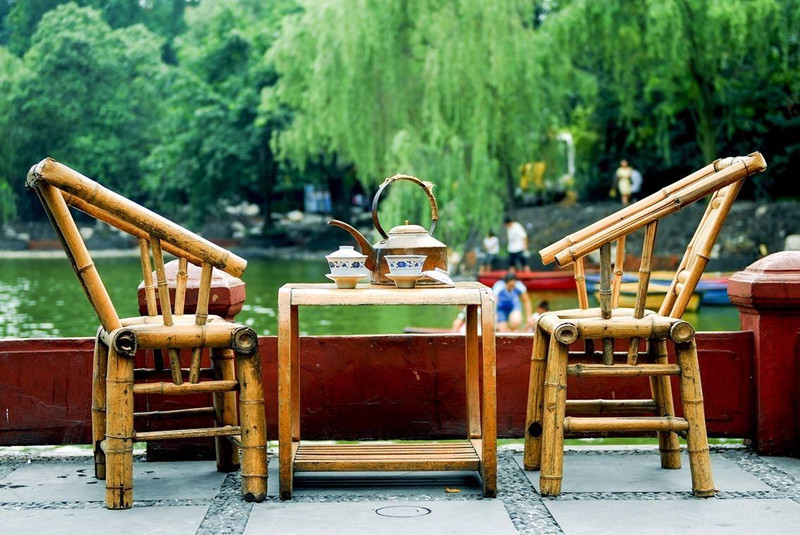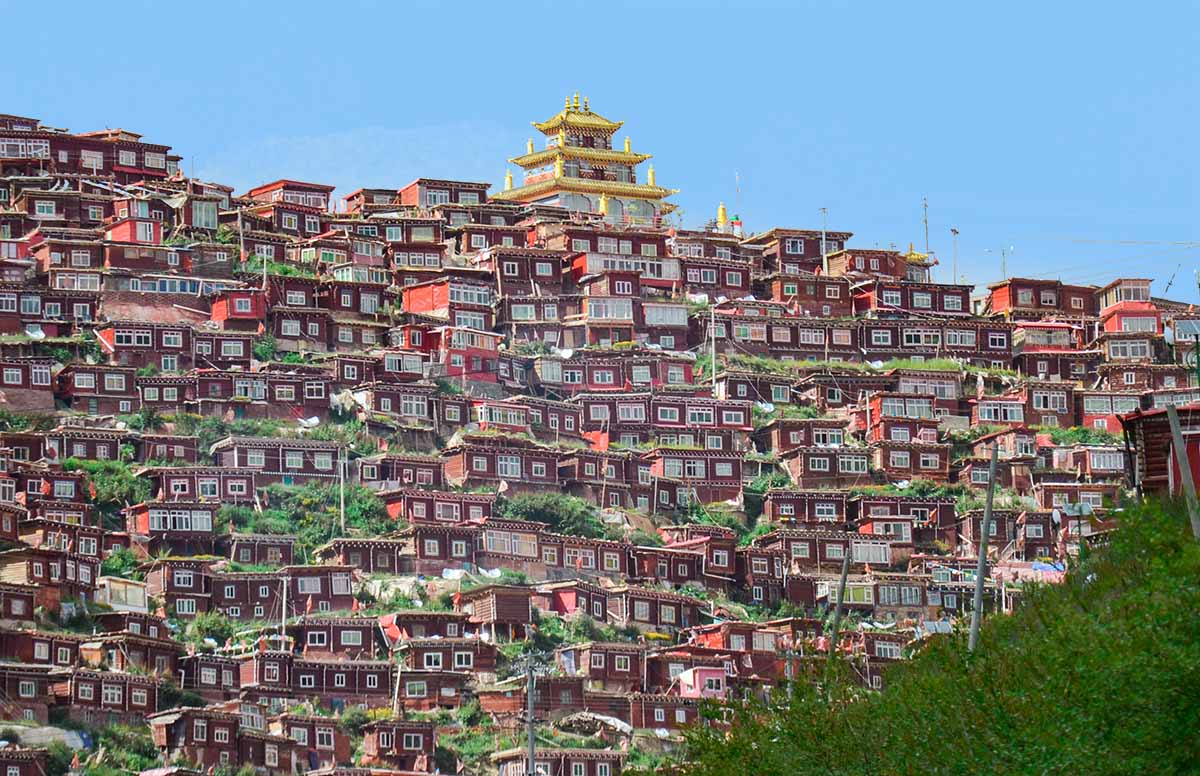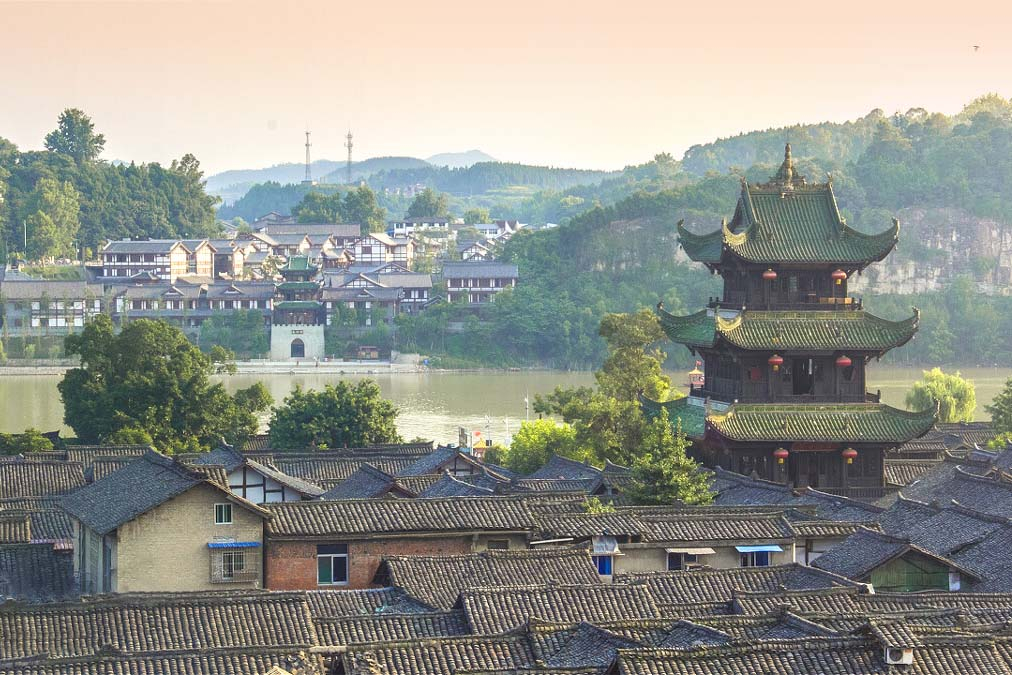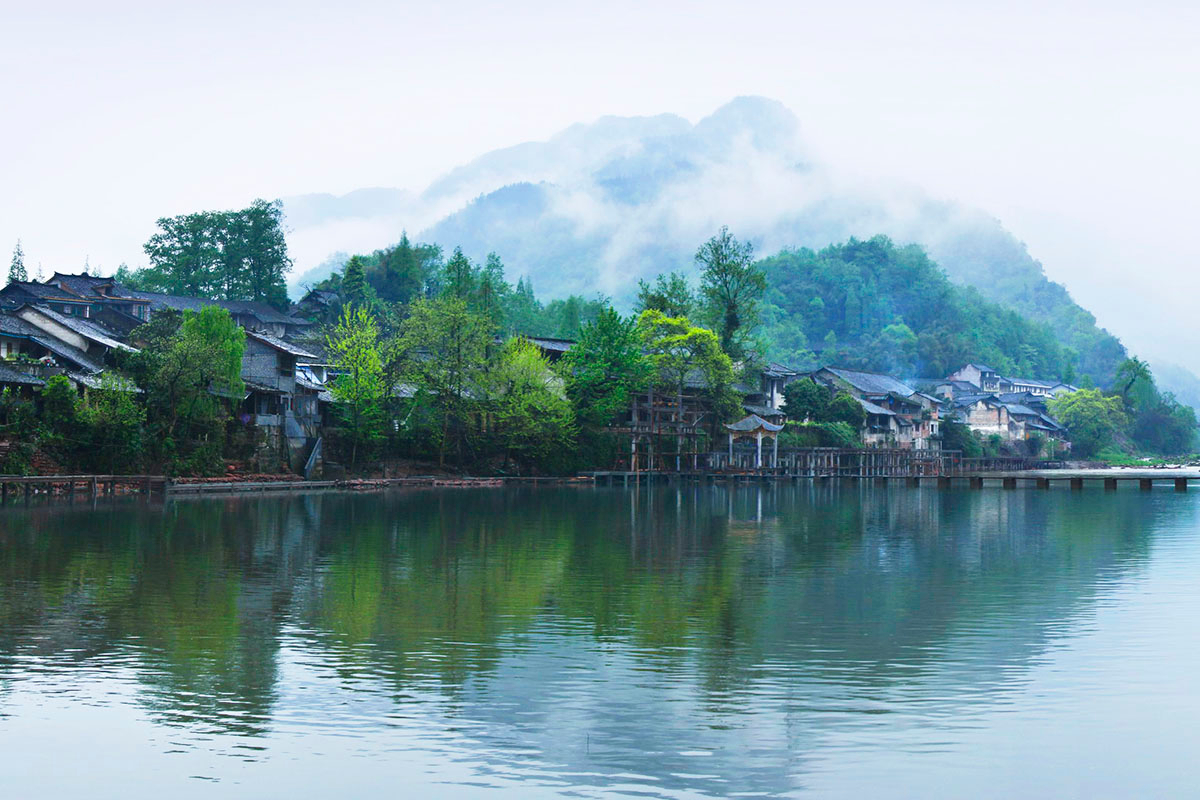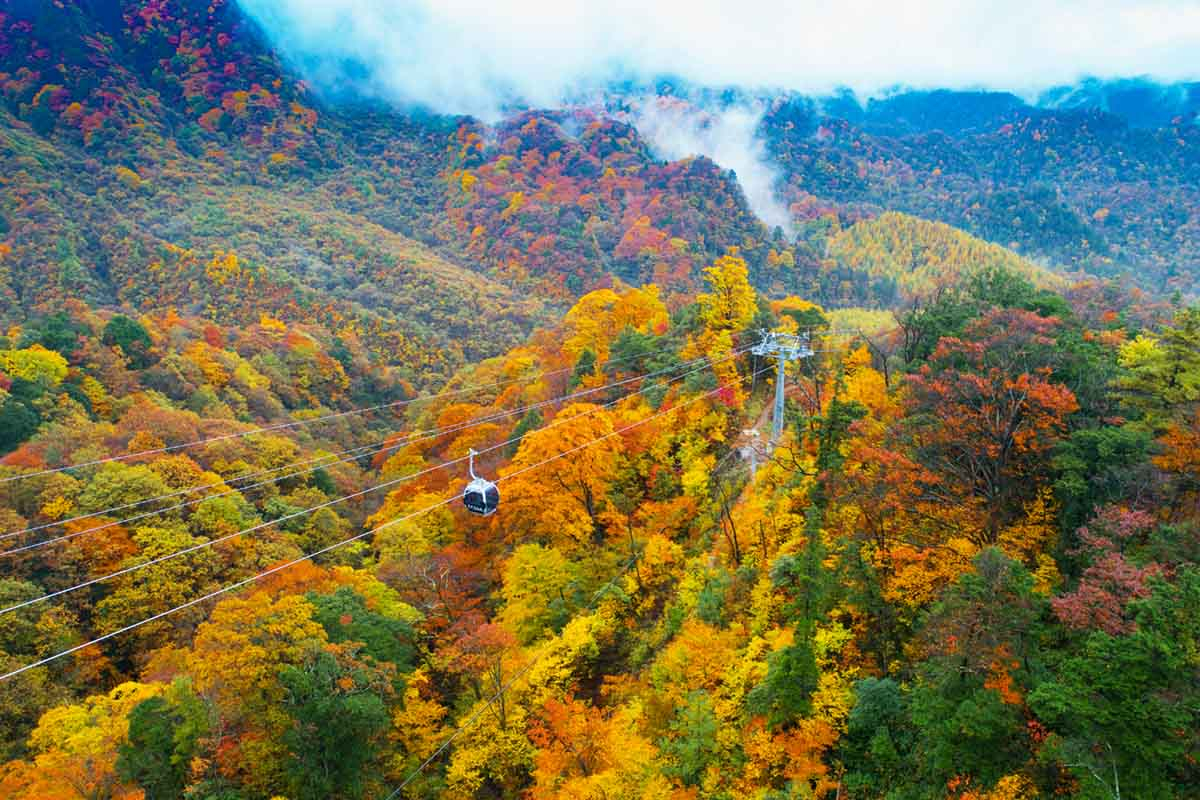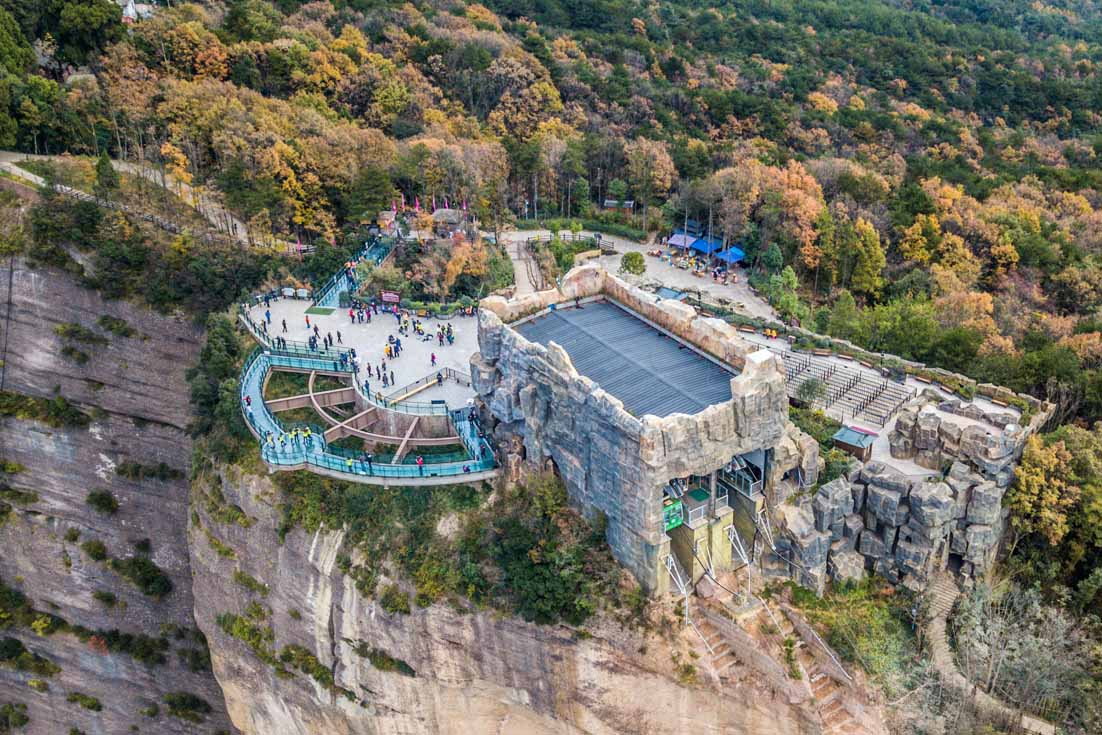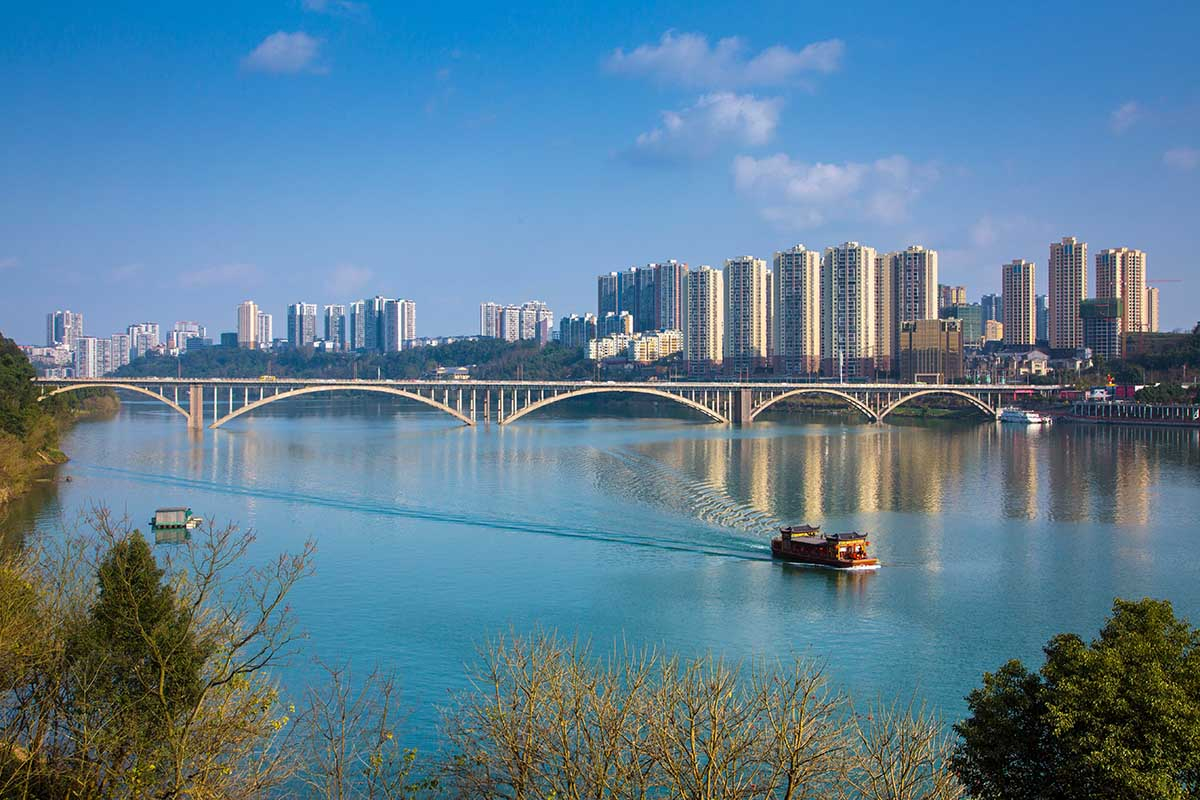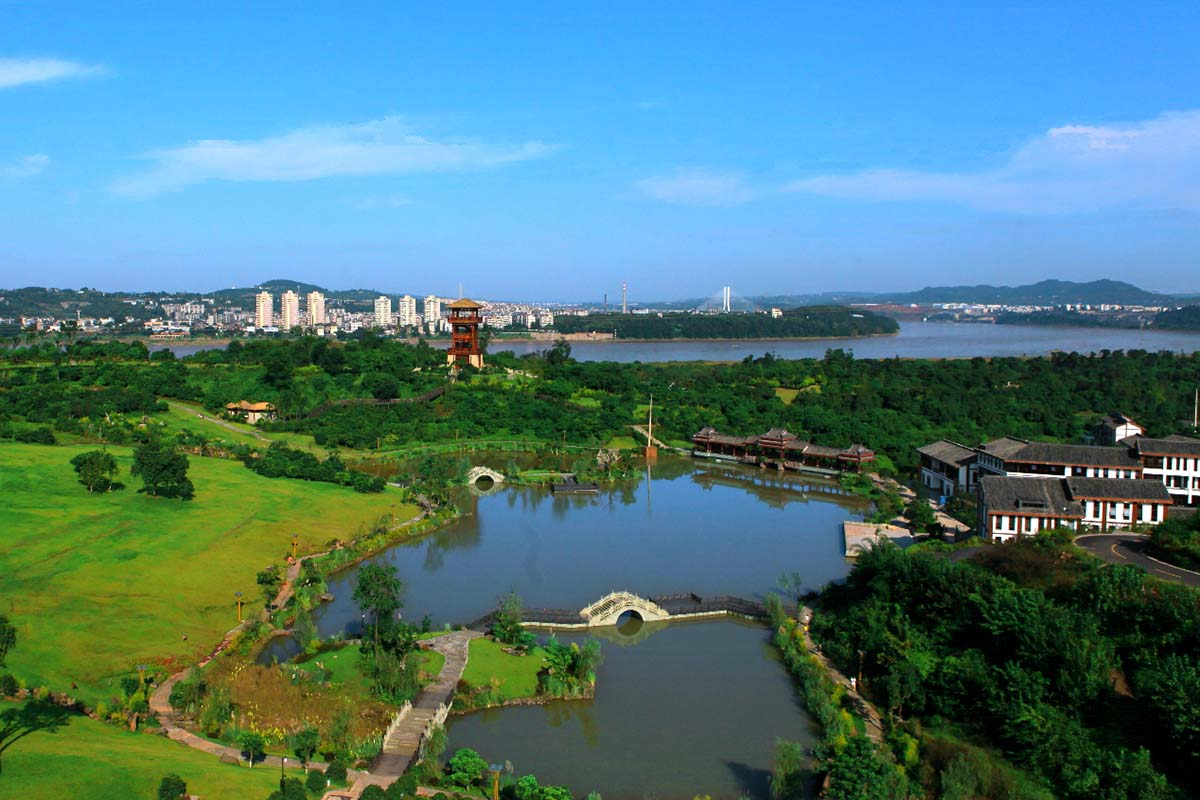Gungyuan Travel Guide-Traces Of The Kingdom Of Shu
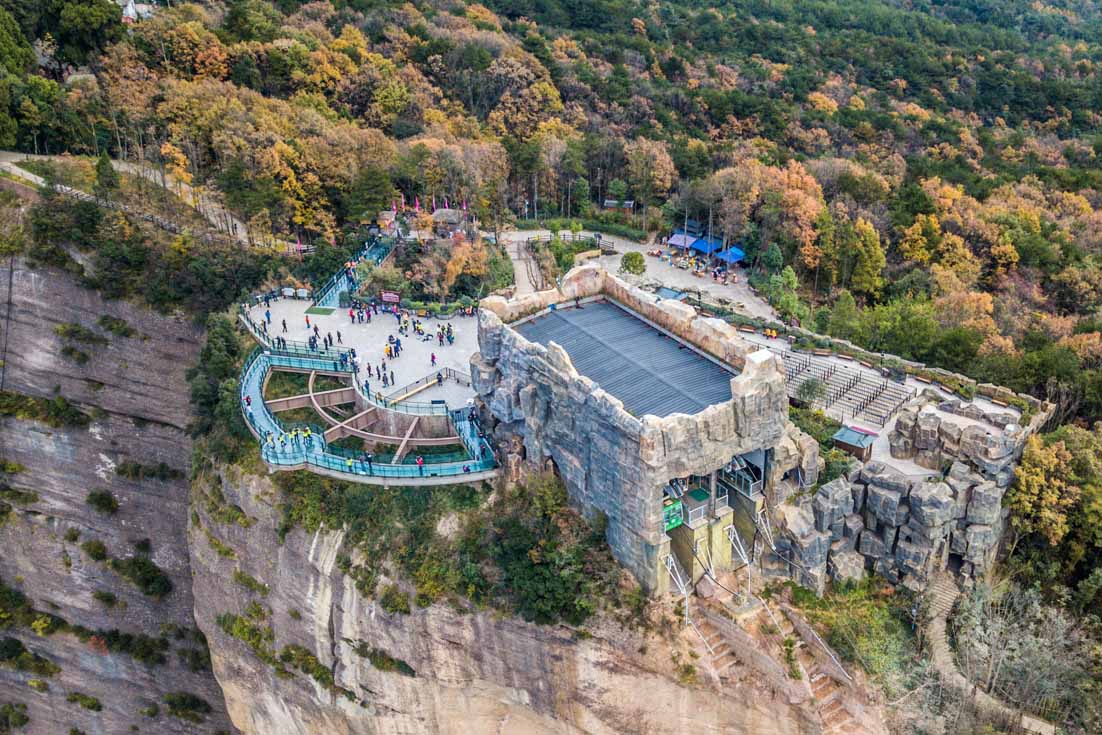
Guangyuan is a prefecture level city in north edge of Sichuan Province. To its north is the mighty Qinlin Mountain range which separate north and south of China. It has been the getaway to Sichuan from the north of China for centuries. It borders Gansu and Shanxi Province in the north. To its east is Bazhong city, city of Mianyang is in its west, Nanchong to its south. It covers an area of 16000 km2 with almost 3 million inhabitants. Guangyuan enjoys a warm, wet sub-tropical climate. The city is commonly known by Chinese as the birthplace of the only empress with substantial authority, Wuzetian.
The region where nowadays known as Sichuan province, was notoriously inaccessible due to its basin like geology. The depression terrain in central Sichuan was surrounded by huge mountains in all directions. The region nowadays known as Guangyuan was a rare exception. Its several narrow mountain passages, precipitous as they were, provided precious entrance deep into Sichuan region for outsiders. These mountain passages, known as Ancient Shu Route, sustain trade and commerce. More importantly, it is vital for military mobilization for those who intended to defend Sichuan and those who intended to launch attacks. Their vital roles were even more prominent during the Three Kingdom Period (220AD-280AD).
● Top things to do in Guangyuan
● Trekking the ancient Shu Route is recommended for visitors. Some of these ancient trails, such as Jinniu Route, date back to 5th century BC during Warring States Period. Jiange is the centre of Jinniu Route, north to Zhaohua, west to Zitong and south to Langzhong. Much of these ancient trails maintained its shapes and appearances 2000 years ago. They are often sided by huge and lush cypress trees.
● Huangze Temple sits on the shore of Jialing River, west suburb of Guangyuan City. This unique temple was built to commemorate the famous Empress Wuzetian. Powerful female figures, especially an Empress, were rare thins in Chinese history. Wuzetian was one of those figures remembered by Chinese. Her presence in Tang dynasty court was not merely symbolic. She was a female with substantial power who ruled that mighty empire with wisdom and strength.
● Jianmen Pass is called the No.1 Impregnable Pass in the world for its magnificence and danger, praised as the National Forest Park for its quietness and beauty and honored as National Natural & Cultural Heritage for its historic site.Visitors from different countries and nations come to Jianmen Pass to explore its beautiful scenery and Three Kingdom culture as well as seek for excitement and adventure.
● Dubbed the museum of transport of China, the Mingyue Gorge scenic area in Guangyuan city, Sichuan sees the junction of Jialing River, Baoji-Chengdu railway, national highway 108, and the ancient plank roads and the pathways for boat trackers. Large amounts of fossils of marine life have been discovered at the area including the fossil community of ammonoid that holds international correlation significance.
● Guangyuan Food&Drinks
Jianmen Tofu is made of soybeans that are grown on soils of Jianmen mountain areas. Tofu is a good source of protein for non-meat eater. Guangyuan locals developed hundreds of different dishes based on Tofu. It is suitable for stir fry, boil, stew, or simply eat raw.
● Guangyuan Transportation
Guangyuan has long been a strategical place in Chinese history. Despite all geological adversaries, infrastructures were built to make sure Guangyuan stand as the getaway in and out of Sichuan Province. Guangyuan is a vital link on Chengdu-Xi’an high speed railway network. Many shifts stop at Guangyuan Station everyday. Guangyuan Panlong Airport (GYS) is 15km away from downtown Guangyuan. Air China, China Eastern and China Southern Airliner operate routes connecting Guangyuan and cities like Beijing, Hangzhou and Shanghai.
● Guangyuan Weather
Guangyuan enjoys a mild, subtropical monsoon climate with average annual temperature of 16 degree Celsius. The hottest month is July with average temperature of 26 degree and the coldest is January and February with average temperature of 5 degree. It has a mixture of north and south climate traits. It features a typical northern China climate with dry sunny days and clear sky, it also has a typical southern China climate with plenty of precipitation and humidity.
- HOTEST
- RECOMMEND
